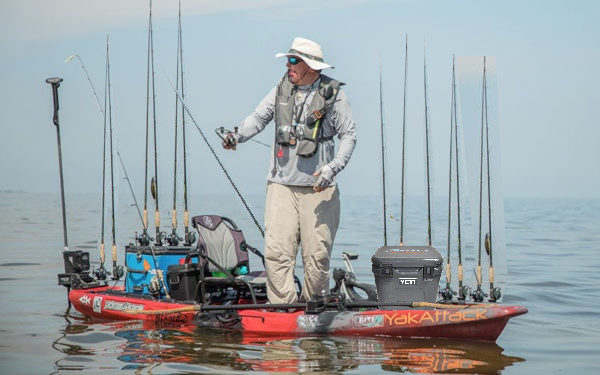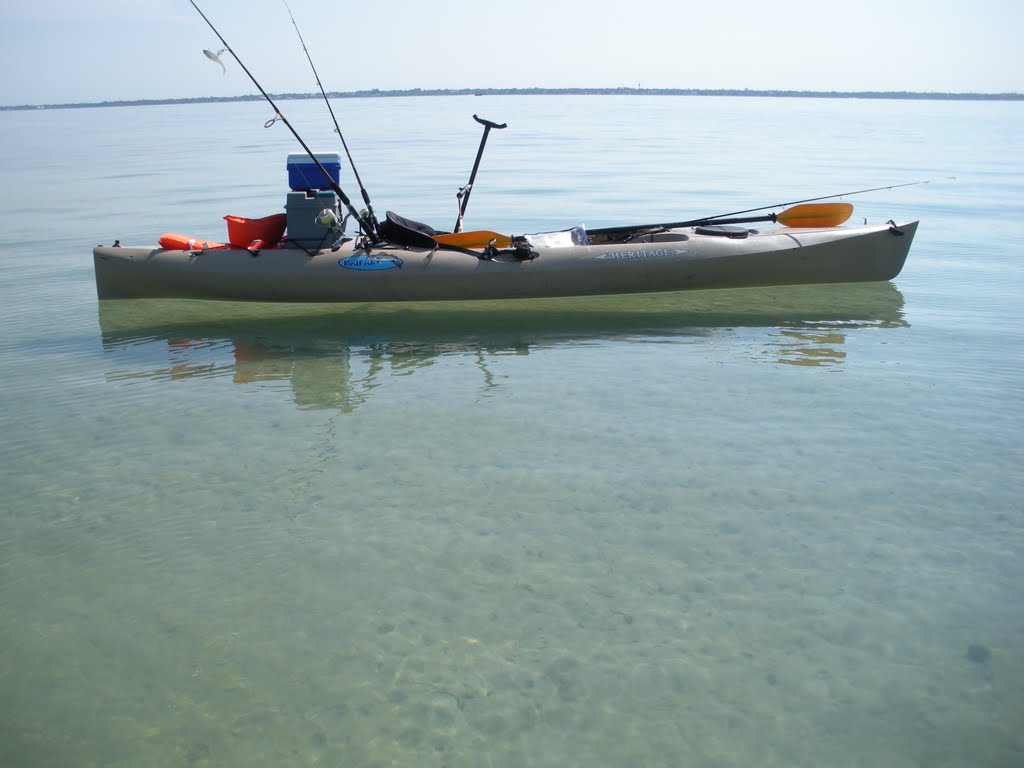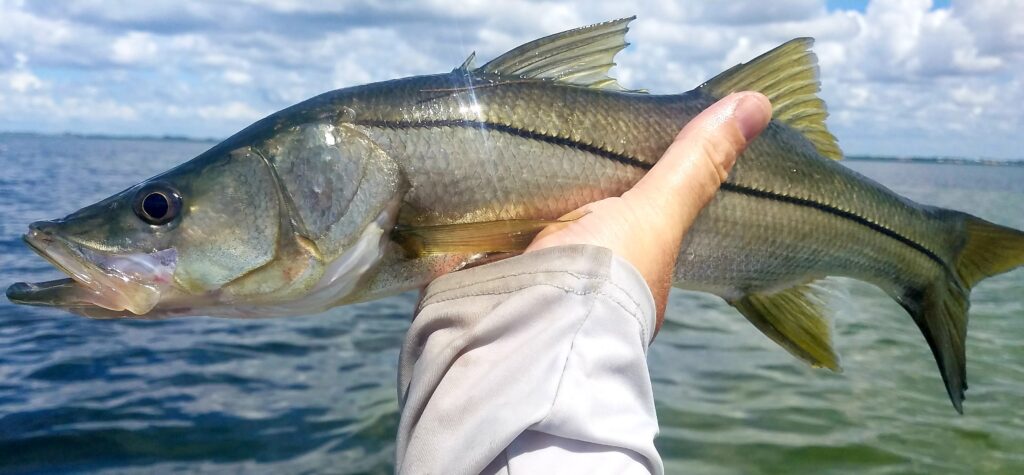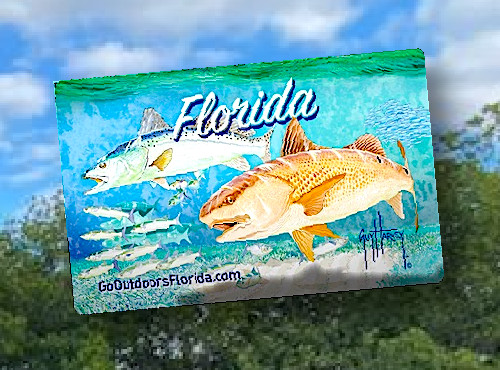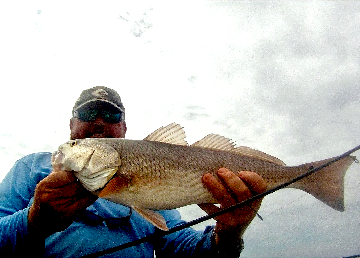The waters of Florida’s inshore fishing offer abundant opportunities for anglers targeting popular species such as Snook, Redfish, and Speckled Trout. One effective and versatile approach in these fisheries is the use of soft rubber artificial baits. In this blog post, we will delve into the world of soft rubber baits, comparing and contrasting some of the top brands like DOA, ZMAN, Berkley, Zoom, and Strike King. We will explore various factors such as sizes, tail shapes, rubber materials, presentation, durability, rigging, and fishing techniques for each species and tidal conditions.
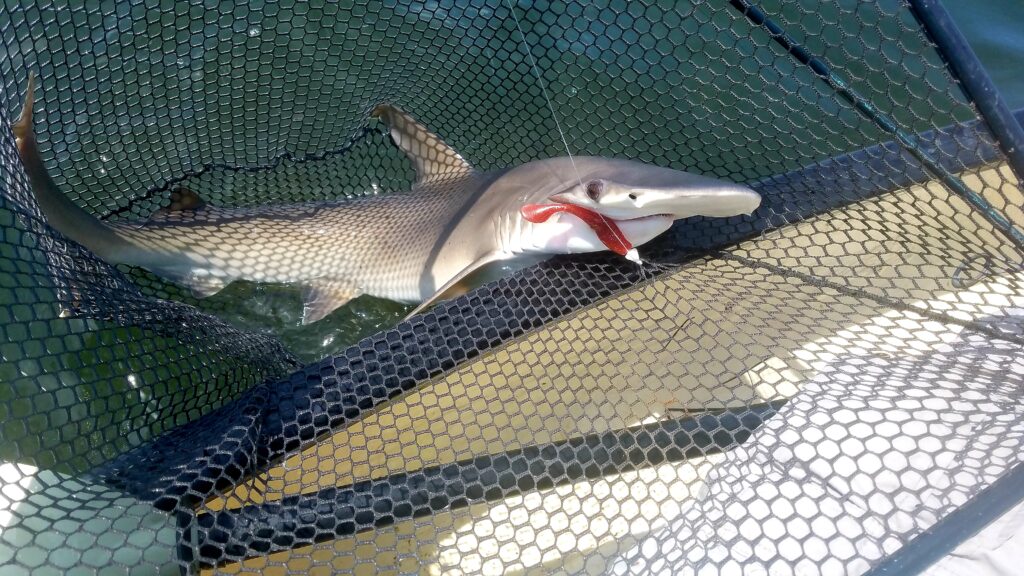
Soft rubber baits have gained immense popularity among inshore anglers in Florida due to their versatility, lifelike action, and durability. They imitate the natural prey of Snook, Redfish, and Speckled Trout, making them effective lures in fooling these fish into biting. Furthermore, anglers have the flexibility to rig soft rubber baits in various ways to suit different fishing situations and conditions.
Let’s start by comparing and contrasting some of the top brands of soft rubber baits for inshore fishing in Florida: DOA, ZMAN, Berkley, Zoom, and Strike King.
- DOA

DOA (Dead On Arrival) stands out as a renowned brand recognized for crafting top-notch soft rubber baits purpose-built for saltwater fishing. DOA offers a wide range of sizes and styles, including shrimp, jerkbaits, paddle tails, and more. One of the unique features of DOA baits is the integration of real fish scent into their baits, which can entice fish to bite.
DOA baits boast a construction from soft, yet robust materials that deliver a lifelike action in the water, enhancing their effectiveness as fishing lures. They are available in various sizes, ranging from 2 to 5 inches, making them suitable for targeting different species of fish. DOA baits come in a variety of tail shapes, including paddle tails, split tails, curly tails, and straight tails, providing different levels of action and vibration in the water.
The soft rubber material of DOA baits allows for a natural and realistic presentation in the water. Anglers can rig DOA baits in various methods, such as Texas rig, jig head, or utilizing a weighted hook. The durability of DOA baits is generally high, and they can withstand repeated strikes from fish and exposure to saltwater.
- ZMAN
ZMAN is another popular brand that offers soft rubber baits designed specifically for saltwater fishing. These baits gain acclaim for their distinct ElaZtech material, known for its softer and more buoyant composition compared to conventional soft plastics.This material allows the baits to float, making them ideal for fishing in shallow grassy areas where fish often feed.

ZMAN baits come in various sizes and styles, including paddle tails, jerkbaits, swimbaits, and more. The ElaZtech material exhibits exceptional resistance to tearing setting them apart from other soft baits. ZMAN baits also have a natural feel and lifelike action in the water, making them highly effective in enticing fish to bite.
The buoyancy of ZMAN baits allows them to stay in the strike zone longer, giving anglers more time to work the bait and trigger a bite. They are available in different tail shapes, including paddle tails, curly tails, and split tails, each providing a different level of action and vibration in the water.
- Berkley
Berkley is a well-known brand that offers a wide range of soft rubber baits for inshore fishing in Florida. Made of high-quality materials, provide lifelike action in the water and effectively fool fish into biting Berkley offers various sizes and styles of soft rubber baits, including paddle tails, curly tails, swimbaits, and more.

Berkley created the PowerBait scent and flavor technology that is designed to attract fish and make them hold on to the bait longer, increasing the chances of a successful hookset. Their baits have better than average durability, as they are resistant to tearing and can withstand repeated use and exposure to saltwater.
Berkley baits come in different tail shapes, providing different levels of action and vibration in the water. The paddle tails create a wide swimming action, while curly tails produce a subtle flickering motion. The swimbaits have a realistic swimming action that mimics the movement of live baitfish.
They are also versatile in terms of presentation, allowing anglers to fish them at different depths and speeds. The lifelike action, durability, and scent technology of Berkley baits make them effective for targeting Snook, Redfish, and Speckled Trout in Florida’s inshore waters.
- Zoom

Zoom, a popular brand known for producing a wide range of soft rubber baits that are effective in freshwater and saltwater fishing. Made of soft yet durable materials they easily provide a natural action in the water. They offer various sizes and styles, including paddle tails, curly tails, flukes, and more, making them suitable for different fishing situations.
Zoom baits, known for their affordability and versatility, making them a popular choice among anglers. They come in different tail shapes, providing different levels of action and vibration in the water. The paddle tails create a thumping motion, while curly tails produce a subtle twirling action. The flukes have a realistic gliding action that mimics the movement of injured baitfish.
They are also versatile in terms of presentation, allowing anglers to fish them at different depths and speeds.
- Strike King
Strike King is a reputable brand that offers a wide range of soft rubber baits for inshore fishing in Florida. They offer various sizes and styles, including paddle tails, swimbaits, creature baits, and more.

One of the unique features of Strike King baits is their coffee scent technology, which is designed to mask human scent and attract fish. The baits also have a realistic feel and texture, mimicking the movement of live prey in the water. Strike King baits are very durable as they are resistant to tearing and can withstand repeated use and exposure to saltwater.
Strike King baits come in different tail shapes, providing different levels of action and vibration in the water. The paddle tails create a tight swimming action, while swimbaits have a realistic swimming motion that mimics the movement of live baitfish. The creature baits have multiple appendages that create a lifelike crawling action on the bottom.
They are also versatile in terms of presentation, allowing anglers to fish them in different styles, such as dragging, hopping, or twitching, depending on the desired action and the behavior of the fish.
Presentation and Technique for Snook, Redfish, and Speckled Trout
Now that we have covered some of the top brands of soft rubber baits for inshore fishing in Florida, let’s discuss the presentation and techniques for targeting Snook, Redfish, and Speckled Trout with these baits.
- Snook
Known for their aggressive strikes and powerful runs, snook are a thrilling species to target with soft rubber baits. When targeting Snook, it’s important to present the bait in a way that mimics the natural prey of Snook, such as mullet or pinfish. Paddle tail baits, swimbaits, and jerk baits are popular choices for Snook fishing.
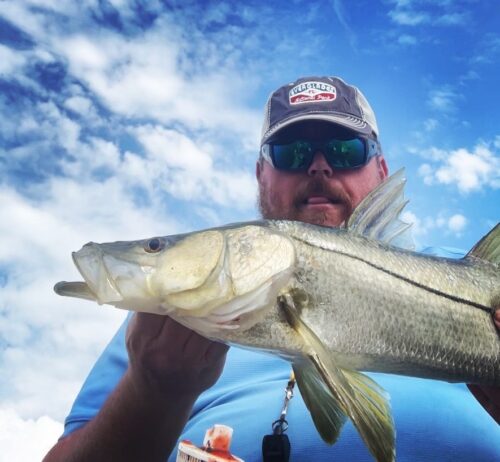
One effective technique for targeting Snook is to cast the bait along mangroves, docks, or other structure where Snook are known to hide and ambush prey. Retrieve the bait with an erratic action, imitating the movement of injured prey. The paddle tail or swimbait can be retrieved with a steady retrieve, while the jerk bait can be twitched and paused to imitate a wounded baitfish. Snook can shut down when presented with an action or bait they do not like. When snook ignore or run away from your bait it is time to change things up. The incoming tide bite can get hot real fast. When this happens getting them to strike can be easy. Other times the bite can shut down requiring more finesse with softer presentations.
TIP: During high tide snook will go deep under the mangroves. Often the smaller fish will be out on the edge of the mangrove overhang while the bigger females will watch from deep into the root system. Skip casting deep into the mangrove holes can result in a massive blow ups.
@yakfishin365
Another effective technique for Snook is to use a topwater soft rubber bait, such as a hollow body frog or a walk-the-dog bait. These baits can be worked over grass flats, around structure, or along shorelines, and can trigger explosive strikes from Snook on the surface.
When rigging soft rubber baits for Snook, using a weedless hook or adding a weed guard can be beneficial to prevent snagging on structure or vegetation.
- Redfish
Anglers often target Redfish with soft rubber baits due to their powerful runs and brute strength, making for an exciting and challenging fishing experience. Redfish can be found in shallow flats, oyster bars, and mangroves, and anglers can use different styles of soft rubber baits, such as paddle tails, curly tails, and crab imitations, to catch them.
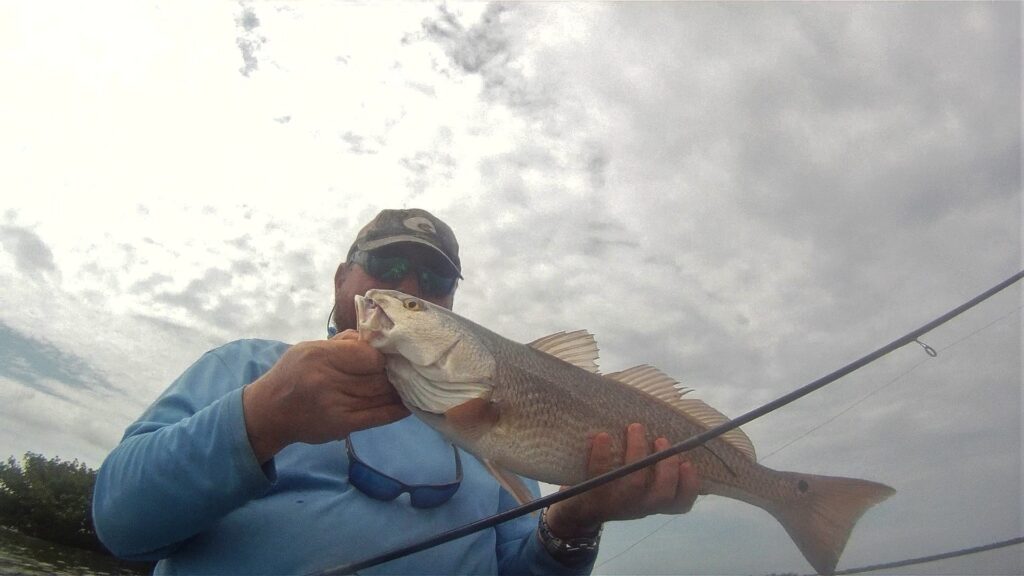
One effective technique for targeting Redfish is to cast the bait ahead of a moving school of Redfish and retrieve it slowly along the bottom. The paddle tail or curly tail bait can be hopped or dragged along the bottom, imitating a fleeing baitfish or a crab. When using crab imitations, a slow, bouncing retrieve can imitate the natural movement of a crab.
Another effective technique for Redfish is to use a weedless soft rubber bait, such as a spoon tail or a rat tail, rigged with a weedless hook or a jig head with a weed guard. Redfish feeding areas can be targeted by casting around structures and grassy areas. Retrieve with a slow and steady to imitate a fleeing baitfish or a crab.
TIP: Funny water can help identify feeding redfish. Watch as this water moves across the flat and cast to where they will be next. Let you bait sit as they swim towards the strike zone. Begin to retrieve as the school approaches. The prevents spooking them with a giant splash from your bait.
@yakfishin365
When rigging soft rubber baits for Redfish, using a weedless hook or adding a weed guard can be beneficial to prevent snagging on structure or vegetation.
- Speckled Trout
Speckled Trout, known for their aggressive feeding behavior, can be caught with various soft plastics such as paddle tails, jerk baits, and shrimp imitations. Anglers often target Speckled Trout with soft rubber baits due to their frequent presence in grass flats, channels, and near oyster bars..
One effective technique for targeting Speckled Trout is to cast the bait along grass flats or channels and retrieve it with a steady or erratic action, imitating the movement of a wounded baitfish or a shrimp. Retrieve the paddle tail or jerk bait with a twitch-pause retrieve, while the shrimp imitation can be hopped or dragged along the bottom.
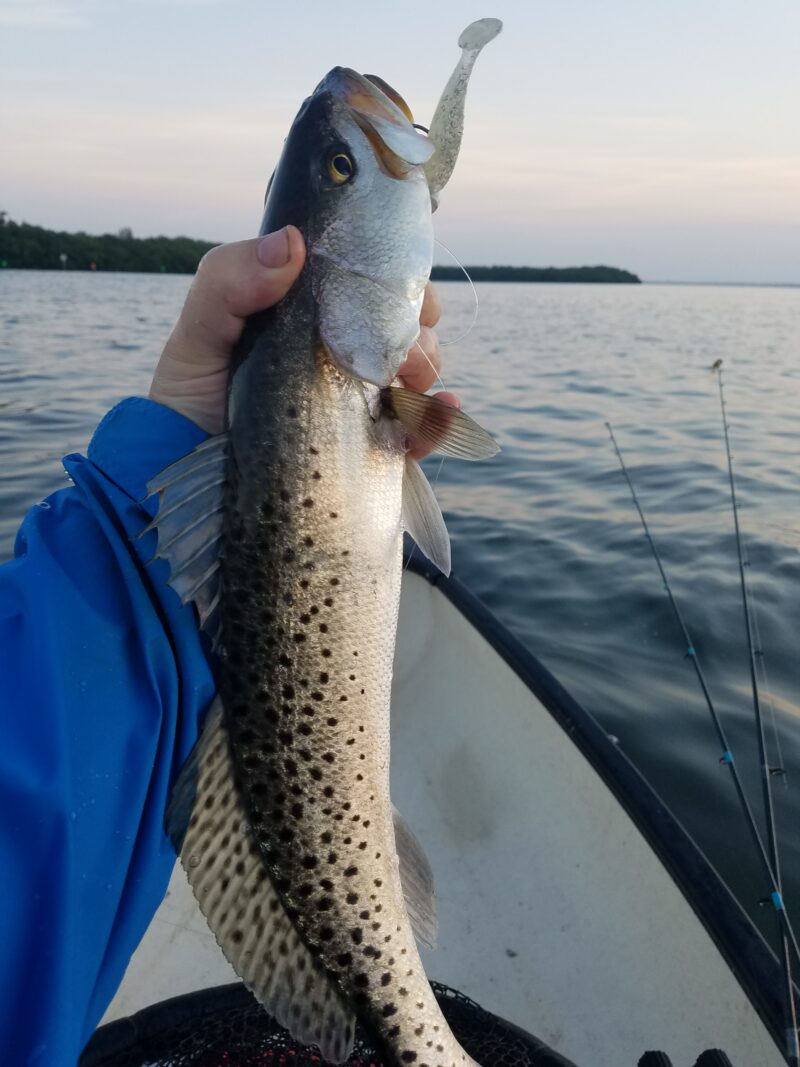
Another effective technique for Speckled Trout is to use a popping cork with a soft rubber bait suspended below it. The popping cork can be worked with a popping or jerking motion to create noise and attract attention, while the soft rubber bait mimics a struggling baitfish or a shrimp. This technique can be particularly effective in shallow or murky waters, where the popping noise can help attract Trout to the bait.
When rigging soft rubber baits for Speckled Trout, using a jig head with a hook size that matches the size of the bait is common. Using a fluorocarbon leader can also help increase the chances of hooking up with Speckled Trout, as they are known for their sharp eyesight and can be wary of visible fishing lines.
Tidal Conditions and Soft Rubber Bait Selection
In Florida inshore fishing, tidal conditions can greatly impact the feeding behavior of Snook, Redfish, and Speckled Trout, and therefore the choice of soft rubber baits. Here are some general guidelines for selecting soft rubber baits based on tidal conditions:
- During an incoming tide, the current carries baitfish and other prey toward inland feeding areas, attracting predator fish like Snook, Redfish, and Speckled Trout. Paddle tails, swimbaits, and jerk baits can work well during an incoming tide, as they can imitate the movement of baitfish or injured prey. You want to fish with the current swimming your bait to the ambush spots. You want to imitate the path of prey trying to find shelter while also putting it in harms way so the predator has the advantage.
- Predatory fish wait near channels, oyster bars, or other structures to ambush prey during an outgoing tide. The face into the outgoing tides ready to ambush prey getting washed out from the inland feeding areas. Fish the baits the same way as an incoming tide but in the other direction.
- Slack Tide: During a slack tide, when the current is minimal or nonexistent, fish may be less active and harder to entice. In such conditions, using soft rubber baits with a more subtle action, such as finesse worms, jerk baits, or shrimp imitations, can be effective. A slow, subtle retrieve or a twitch-pause retrieve can imitate the behavior of less active prey and entice fish to bite.
- Changing Tides: When the tide is changing from incoming to outgoing or vice versa, fish may be more actively feeding as they adjust to the changing water movement. During these transition periods, using versatile soft rubber baits, such as paddle tails, swimbaits, or jerk baits, that can imitate both fleeing and incoming prey can be effective. Experimenting with different retrieve speeds and actions can help determine the most effective presentation during changing tides.
In conclusion, soft rubber baits are a popular and effective choice for inshore fishing in Florida, targeting Snook, Redfish, and Speckled Trout. When selecting soft rubber baits, factors such as size, tail shape, and material can impact their presentation and durability, and the top brands
The Spotted Seatrout: Factors Influencing Behavior
Best Lures for Snook
Sciaenops ocellatus, commonly known as the Red Drum or Redfish

